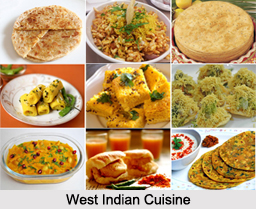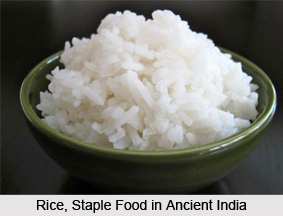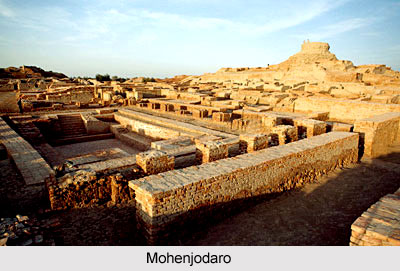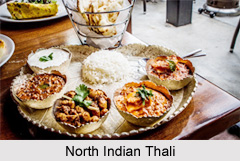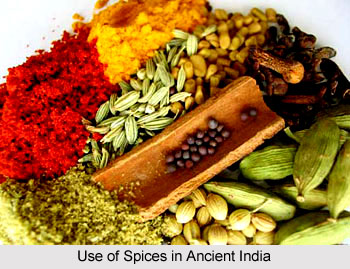 Use of Spices in Ancient India has been one of the important parts of Indian cooking. It indicates not only the types of spices used but also their cultivation in India. As the society was largely agrarian it cultivated a large variety of spices. Along with popular spices like cardamom, it also cultivated some specific spices in the form of seeds. Indian spices formed a major part of spice trade along with rest of the world. These highlight the popularity of Indian spices all over the world.
Use of Spices in Ancient India has been one of the important parts of Indian cooking. It indicates not only the types of spices used but also their cultivation in India. As the society was largely agrarian it cultivated a large variety of spices. Along with popular spices like cardamom, it also cultivated some specific spices in the form of seeds. Indian spices formed a major part of spice trade along with rest of the world. These highlight the popularity of Indian spices all over the world.
Use of spices in India continued to remain popular in every age. The cultivation of spices in India began from pre-historic days. While some of the spices like cardamom, long pepper, black pepper, Turmeric and Asafoetida were commonly found in every generation, it also included some special types of spices that were imported from Afghanistan and other countries of the world. Cultivation of spices forms a major part of agriculture in India which formed the backbone of the Indian economy. Along with cultivation of vegetables and a number of pulses, ancient Indian society also cultivated spices which were used for both self consumption as well as trade. Use of spices in ancient India began with the Indus Valley Civilization which largely used spices like long pepper, black pepper, asafoetida along with salt. Among the Buddhists and Jains five varieties of salts were popular which included sea salt, black salt, rock salt, kitchen salt and red salt along with spices like pepper, long pepper, Cumin, Asafoetida, myrobalan, dry ginger and turmeric, Mustard and Clove. Vinegar and sour gruel was also used to garnish the food.
Use of Spices in Ancient India developed significantly during the Maurya Empire when Indian farmers cultivated some new variety of spices. Kautilya laid a lot of stress on the cultivation of spices. As such under the supervision of the superintendent of salts, the farmers of Maurya Empire cultivated six types of salts ranging from rock salt, sea salt, bida salt, nitre, Sauvarcala and Udbhedaja along with four types of cardamoms like white, reddish white, short and black mottled and friable along with other spices which include long pepper, ginger, cumin seeds, white mustard, coriander, cloves and turmeric. Besides this Cinnamon and other aromatics were produced in India while Vinegar with sugarcane juice, guda and honey was also equally popular. Spices used in the Gupta period included dry ginger, cumin, mustard, coriander, myrobalan, long pepper, black pepper, cloves, cardamom, turmeric and asafoetida and black pepper which were largely grown near the sea shores and Asafoetida, also called Bahlika, that was imported from Afghanistan.
Use of Spices in Ancient India as such remained one of the specialities of India that went on to become popular all over the world. The magic of Indian spices not only made ancient India one of the richest countries of South Asia, but also helped India to develop trade relations with ancient Romans and Araba who travelled all the way to buy the spices of India. The spices of India were equally popular with Columbus in the United States of America as well as with the English and Dutch empire that developed it as a major trade of India.
Thus use of Spices in ancient India reflects the culture of spicy food in India which travelled to every corner of the world.
